Installed Applications: Since GNOME and KDE are installed by default, I took the time to evaluate the applications available on both desktop environments. You expect, of course, to find applications common to both desktop environments. On the GNOME side, you will find the following, that is, other than the usual set of desktop accessories, system tools, and games:
- Namoroka 3.6.9 – a rebranded Firefox (3.6.9)
- OpenOffice.org 3.2.1
- Sylpheed 3.1 beta3 – a very sophisticated email client
- The GIMP
- Inkscape
- Scribus
- Hugin Panorama Creator
- Shotwell Photo Manager
- Google Gadgets (GTK)
- Ochusha – in Japanese – a 2ch browser
- Qwit – a Qt4 Twitter client
- Pino – a Twitter and identi.ca client
- Rosegarden – a MIDI and Audio Sequencer and Notation Editor
- Rhythmbox
The KDE desktop has all the applications available on the GNOME desktop plus all the native KDE applications. It means that on the KDE desktop, there could be three or more applications for the same computing activity. Consequently, the KDE menu is a riot of applications. The sceenshots below shows what a mess the KDE menu is.

KDE menu on Momonga 7
Compare that to the same applications category in the GNOME desktop’s menu.

GNOME desktop menu on Momonga 7
Out of the box, non-free packages are not installed. However, Momonga makes it easy to install essential non-free applications and codecs via the Momonga Nonfree Package Builder script. The next two images show a list of all non-free application installed by running Momonga Nonfree Package Builder script.

List of non-free applications
Non-free apps contd.

List of non-free applications
Software Management: Being a Fedora-based distribution, applications management is via the yum utility at the command line, and also by a graphical package manager. Out of the box, the system is designed to check for updates daily.

Momonga's updates settings
An updates-related tool not installed but is in the repository is the ksplice package. Ksplice Uptrack is a service provided by Ksplice that enables system administrators to apply security-related updates and patches to a running kernel without rebooting. It is a commercial product, but was recently contributed to Fedora (and by proxy, to Fedora-based distributions). Install ksplice via the graphical package manager or by running the following command: yum install ksplice.

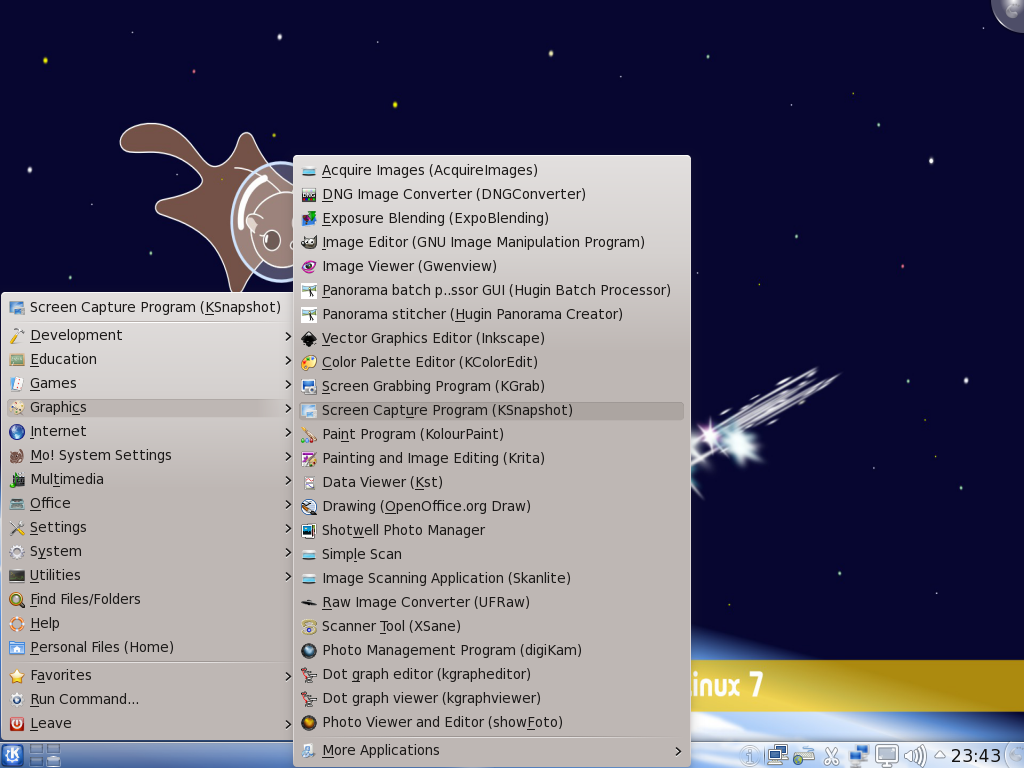
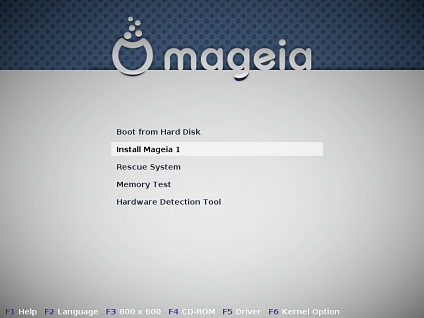
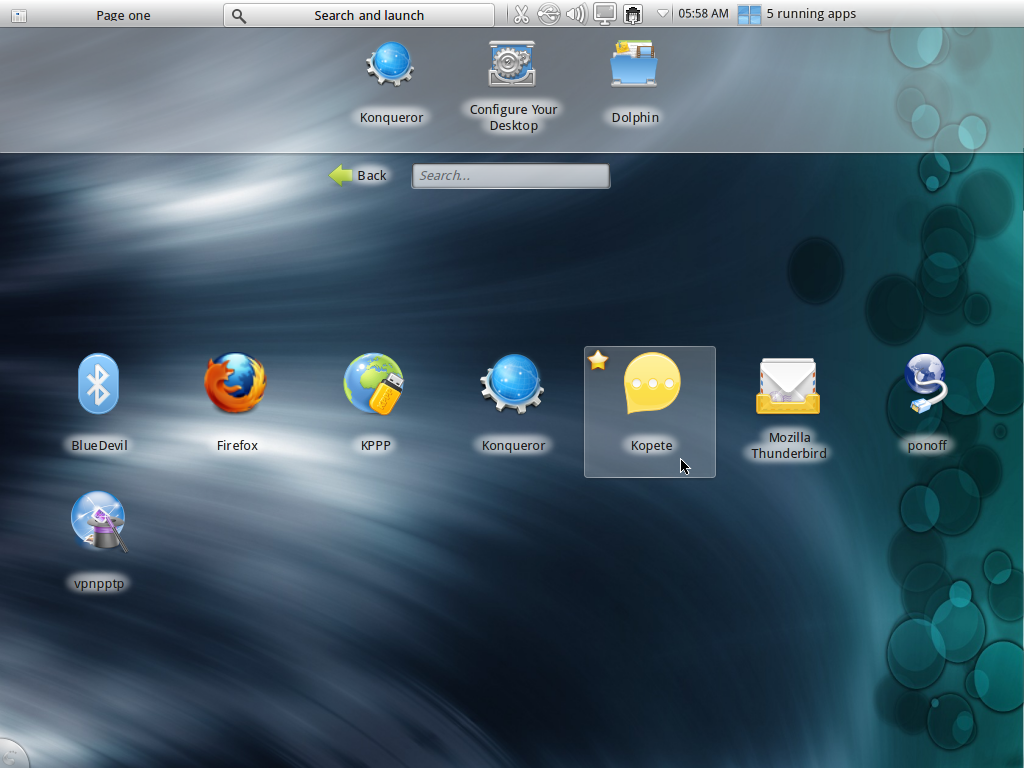
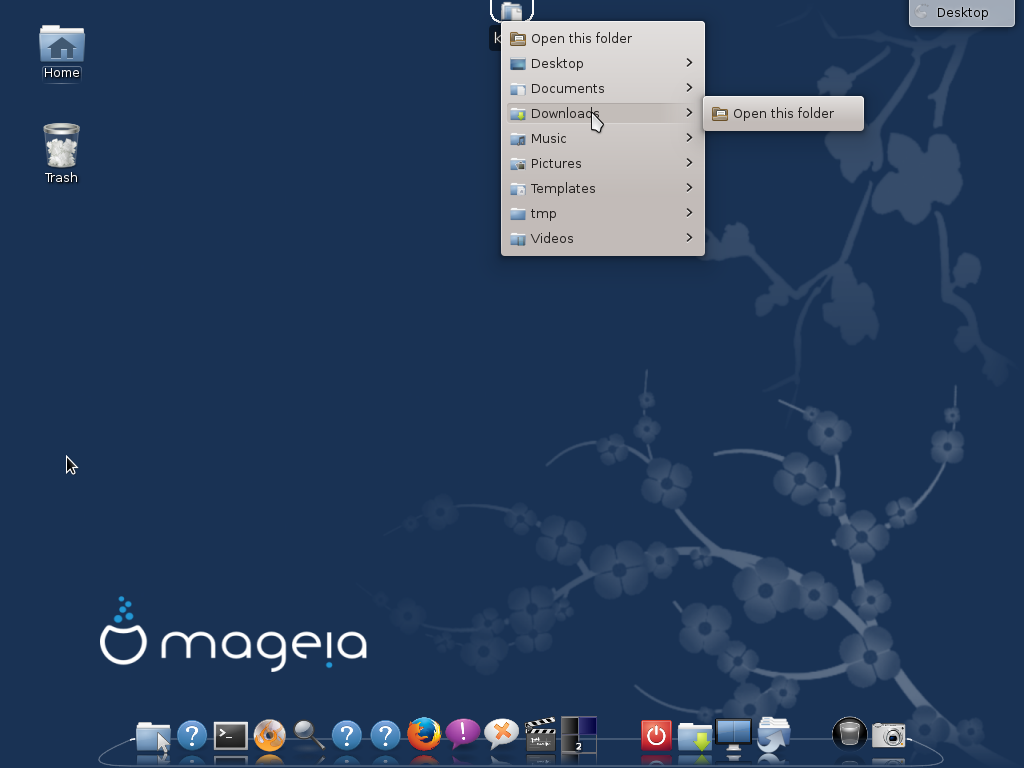
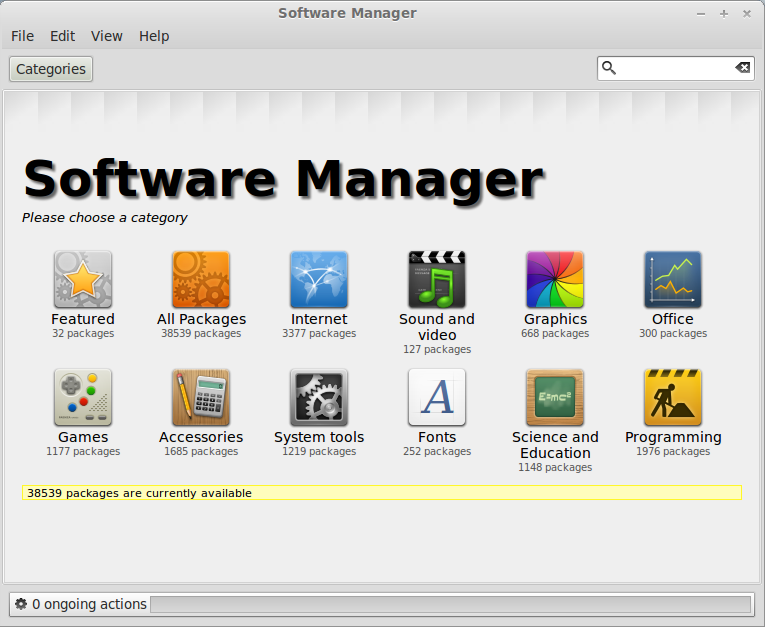


may i know Momonga 7 is Fedora fork or remix ? Have u try install Fedora app like ailurus ?
I think it is more of a remix than a fork. Generally, you can install any Fedora package if you add the repo. As for ailurus, it is not in the default Momonga repo, but if you can add the Fedora repo it is in and install it via yum .
Hope that answered your question.